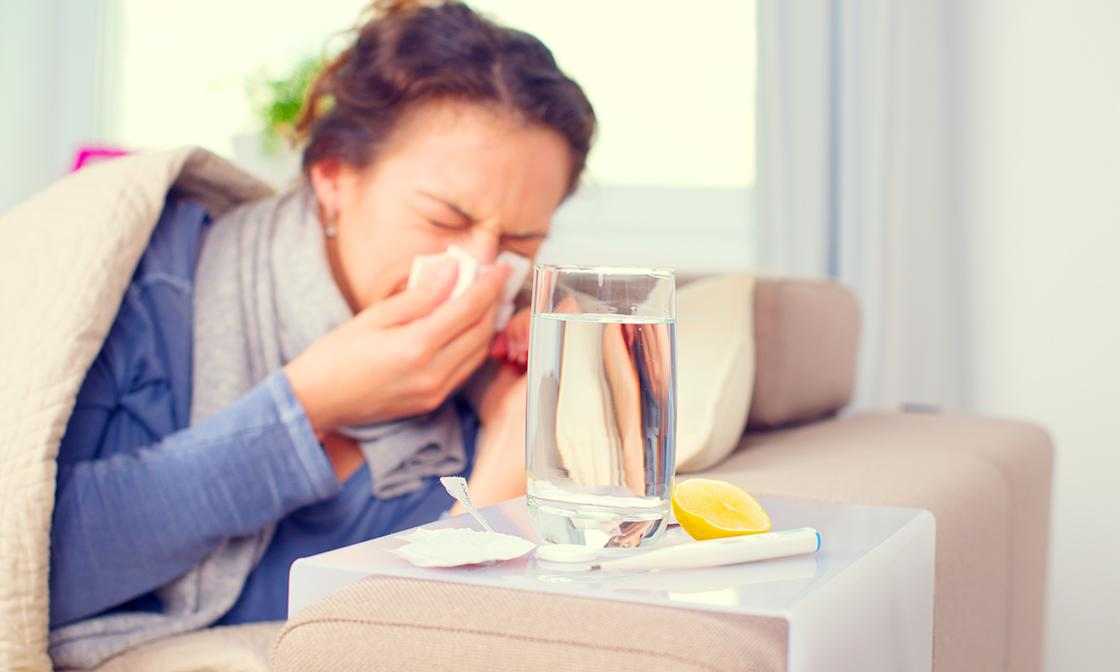You’ll often find that coughing and sneezing are on the rise around this time of year. Each year, the common cold affects millions of people. In fact, adults have an average of 2-3 colds per year and children have even more. There are approximately 200 viruses that can cause the common cold, with rhinoviruses being the most common cause.
Influenza, or the flu, is another unpleasant illness that nobody wants to experience. Annually, 25 percent of the U.S. population will get the flu, sometimes resulting in hospitalization or death for those with weakened immune systems. A new study shows that an alarming majority of U.S. workers (60 percent) attend work while sick with the flu.
In preparation for cold and flu season, organizations must step up their disinfection to ensure infections do not impact safety, productivity and business reputation.
To curb the impact of the cold and flu, facilities should consider several infection prevention tips, including:
Encourage proper hand hygiene
Since hands can spread germs from one person to another, or to other surfaces, proper hand hygiene is an essential habit. When hands are dirty, employees should wash with hot water and soap or apply an alcohol-based hand sanitizer if water and soap are not available.
Encourage vaccinations
Providing or requiring employee vaccinations helps individuals protect themselves against influenza viruses that match or are related to the viruses in the vaccine.
Clean and disinfect high-touch surfaces
When surfaces are left dirty, they can transfer pathogens to people and cause illness. High-touch surfaces such as door knobs, handrails, elevator buttons and desks or countertops should be disinfected regularly or when visibly soiled using an Environmental Protection Agency (EPA) or Health Canada-registered disinfectant. Employees should clean these surfaces from high to low, from cleanest to dirtiest and from dry to wet.
During periods when illnesses are acquired and spread more frequently, facilities must respond by cleaning and disinfecting more regularly. This may mean changing the traditional cleaning schedule to a more frequent cleaning schedule of all common areas. Organizations may want to develop a checklist to ensure that tasks are completed at the appropriate times.
Encourage proper etiquette with employees and visitors
To further prevent the spread of the cold and flu, facilities should encourage proper etiquette among sick employees, occupants and visitors. This includes limiting contact with others, covering the mouth when coughing and sneezing and disposing of used tissues. Signs and other communication materials can be placed throughout the facility to serve as reminders for these behaviors.
Keep supplies well-stocked
Facilities should stock additional supplies of personal protective equipment (PPE), disinfectants, hand hygiene products, facial tissue, toilet tissue, trash bags and cleaning cloths and tools. This will encourage compliance with infection prevention strategies.
Monitor compliance
Compliance monitoring can help a facility ensure that workers are performing tasks as expected and can help identify areas for improvement. This may include keeping track of hand washing and sanitizing habits through automated hand hygiene monitoring and compliance reporting, using fluorescent markets to measure surface cleanliness rates and tracking PPE usage.
With the above strategies, organizations can help prevent the cold and flu from spreading, keeping employees and guests healthy.



